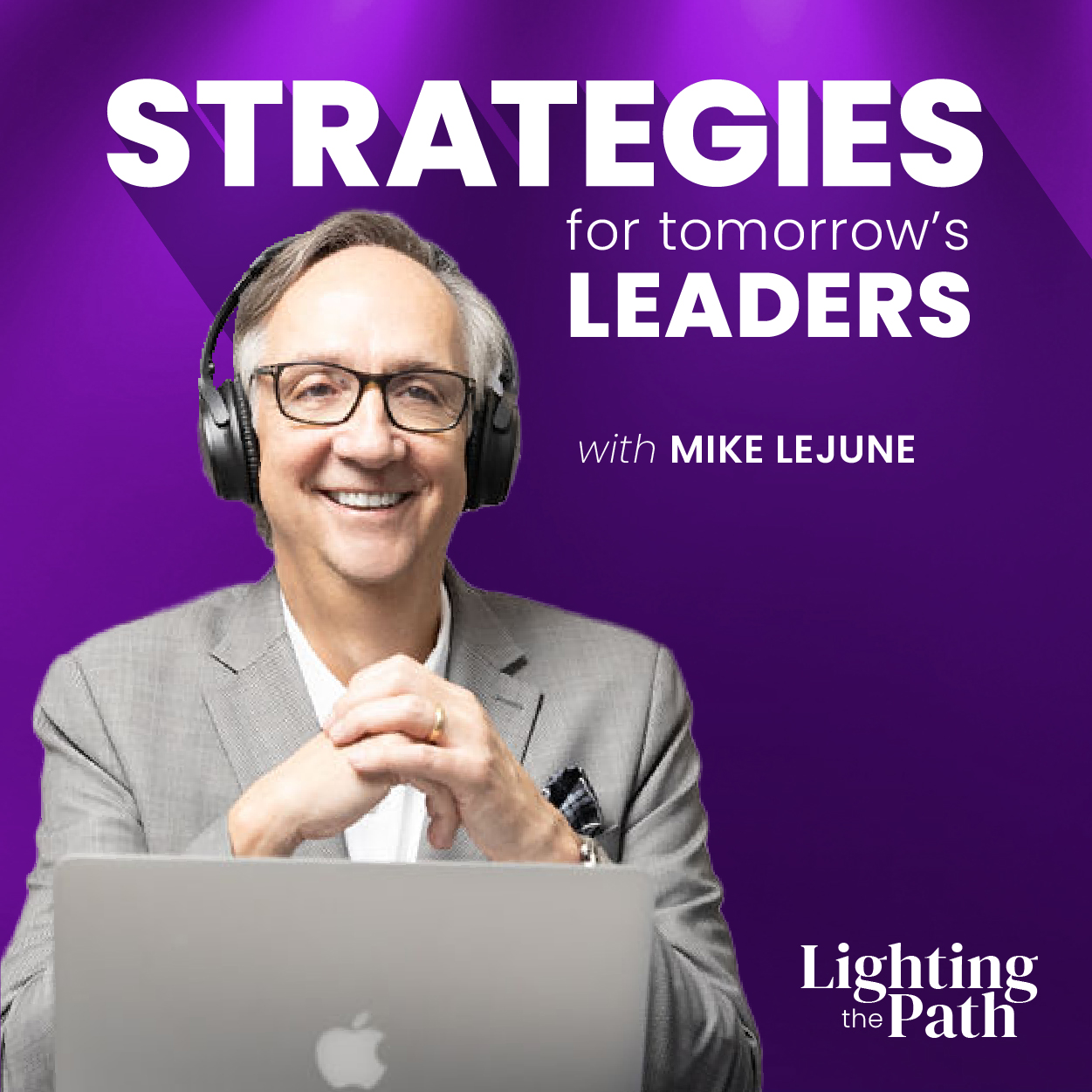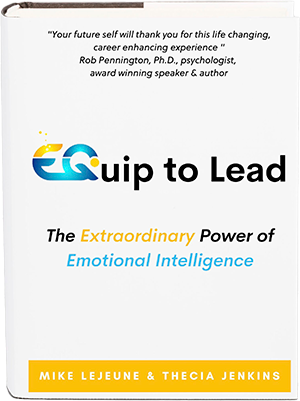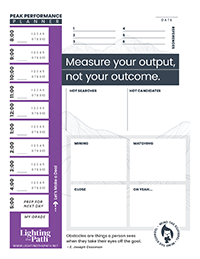
The expression “the mind’s eye’ was something I’ve run into over the years without giving it much thought. Lately, however, I’ve added it to the training I do for helping people not only understand what you are saying, but also to have the point hit home at both a logical and emotional level. Both need to be addressed if you are going to persuade, motivate or sell your ideas, concept or product.
When I have pictured “the mind’s eye” the image I get is someone with a Cyclops look, some third eye in the middle of the forehead. Not exactly an attractive image. However, we have to address this eye by having our listener see the point we are making. This is true whether we are in leadership, public speaking, teaching or sales. If government officials would take this into consideration they might be better understood. This unfortunately, would require they have a mind that worked more than their mouth (sorry for the sidebar).
The power of persuasion comes from helping those we speak to, visualize our message. Curt Tueffert, one of the best marketing minds and student of the process of selling, wrote an excellent blog today on helping customers visualize what you are selling. It struck at the center of obtaining buy-in from our listener by using stories and examples. Drawing them into the process through demonstration rather than data generates mental engagement.
Tell someone to picture a wagon and then have them describe to you what they see. They might mention a red wagon we were pulled in as a child or perhaps a covered wagon from the old west. I’ve tried it by asking for the description of a boat tethered to a dock, bobbing up and down as the tide moves in. Answers covered a wide range: a dingy, rowboat, sailboat, a 3 masted schooner and even a yacht (that person had no problem with self-worth).
The point I am addressing is in our roles as leaders where we are trying to motivate, communicate, persuade and get buy into concepts as well as tactical implementation, we must become masters at the art of using stories. The better we can amplify our point with a story, the more we allow our ideas to be seen by the mind’s eye. This is the gateway to sensory understanding and processing of our message. When we allow someone to smell our description of mother’s fresh baked pie, their mind conjures the image of the pie from some experience in their life. If you are discussing a noise, make it so loud it sounded like a jet engine at take off flying just over your house. When we speak through the mind’s eye we engage at an emotional level.
Gregg Matte, pastor of First Baptist Church, Houston and author of Finding God’s Will: Seek Him, Know Him, Take the Next Step understands the art of helping people to see his message, moving them to understand, accept and hopefully take action. When I asked how he prepared the use of stories in his book, he explained that we make a “point for the head and a story for the heart.” People become inspired, take initiative, or move out of their comfort zone only when we find ways for them to be emotionally engaged. Buyers, as Curt explained in his examples, become engaged when they see how the product or service can benefit or affect them.
The mind’s eye is the gateway to the heart. Learn to speak to it.
What are some ways in which you get people to connect with your story?




Mike, thanks for the mention and for the reference to Mind’s Eye. There are a lot of applications that pitch directly to that concept.
Mike, thanks for the mention and for the reference to Mind’s Eye. There are a lot of applications that pitch directly to that concept.
Excellent thoughts Mike! Pastor Greg nails it as well – you describe it as “moving them to understand.” Simon Sinek, in his Ted Talk, says “People don’t buy WHAT you do, they buy WHY you do it.” If everything we do as leaders in done to challenge the belief that what we are “selling”, whether it be a product or an idea, is to offer an increase to the quality of life of our consumers, then we’ve changed the game from simply producing products, to creating hope – to offering the possibility and belief that there is a better way and we’ve got the answers… and that is powerful.
So Enjoy reading your stuff!!
Creating hope is the greatest calling we can have isn’t it. You are a master at it, Amanda.
I’ve known Mike for a few years now and he has coached and mentored me in several different areas of life, namely public speaking. He is very gifted and does not only speak to an audience, but he connects with the audience and allows them to believe in themselves. Keep it up Mike.
Thanks Josh, love the way you put your heart into delivering your message, whether in front of a group or one to one. You always have great impact.